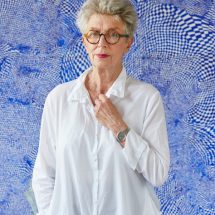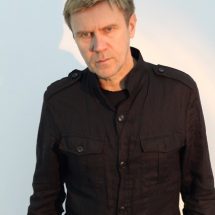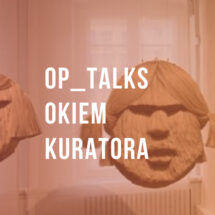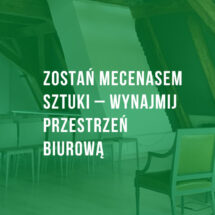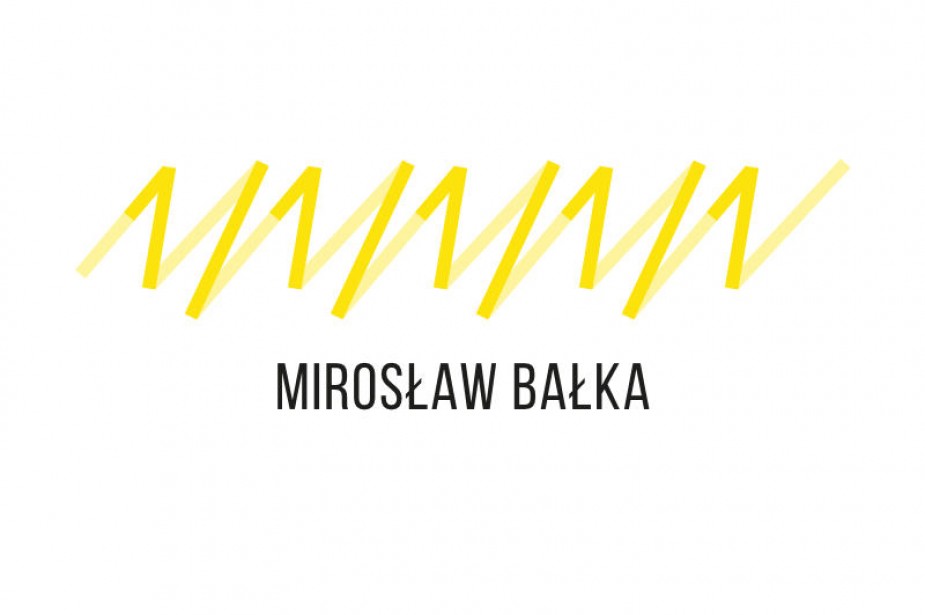
06.09
The exhibition titled 1/1/1/1/1 – the result of cooperation between Anda Rottenberg, one of the most distinguished Polish art curators, and the outstanding artist Mirosław Bałka – will inaugurate the artistic programme of OP ENHEIM, a new institution of culture located in a historical tenement in the heart of Wrocław. The opening of the exhibition on 19 October will be followed on the next day by a meeting with the featured artist, a lecture by cultural expert Piotr J. Fereński and a concert performed by Jasmine Guffond.
OP ENHEIM is a new space of culture in Wrocław, which consists of an art gallery on the first floor of a historical tenement in Solny Square and the Herz Salon – a venue for meetings, discussions and intimate concerts located in a beautiful attic with a view of the Old Town. Kama Wróbel, the art director of the new institution, explains that the aim of the Foundation is to support contemporary art by developing a network of cooperating institutions in Wrocław, Berlin and different European countries. “We are interested in socially engaged, original projects that will make a bold statement about the surrounding reality. OP ENHEIM will closely observe the dynamics of the ongoing cultural and historical processes as well as changes in identity, as demonstrated by our first exhibition, in which Mirosław Bałka refers to the history of the former Oppenheims’ House and its inhabitants,” she adds.
Anda Rottenberg, the curator of the exhibition, wrote in her statement introducing the presentation: “The Baroque tenement in Solny Square in Wrocław has a long history. Its most recent chapter begins on the white walls of the still empty rooms on the most presentable floor, which have been tattooed with yellow gas gleaming in fragile neon tubes. Mirosław Bałka’s composition, which inaugurates the functioning of the OP ENHEIM gallery, is very special in character. It comprises four neon lights forming the inscription of the word ‘HOMELAND’ in Polish, German, Hebrew and Latin. The same concept sounds different in each of these languages, so what emerges here is a reflection of the idea of unity in many: four different-looking words mean the same while meaning different things. After all, the subsequent generations of people who resided in the tenement may have differed in their thinking about homeland, and different shades of the concept are encapsulated in the languages that they used.”
Meetings with art in the Herz Salon
On Saturday, 20 October, OP ENHEIM invites the public to the cosy Herz Salon in the attic, where events accompanying the exhibition will be held. The first one is a meeting with Mirosław Bałka and Anda Rottenberg, which will be followed by the lecture “The state and the city as a space of meetings and divisions, or what Mirosław Bałka’s art makes us think about,” delivered by cultural expert Piotr Jakub Fereński. It will be an opportunity to think whether art is influential and important enough to overcome silence, oblivion and indifference, and whether means of artistic expression can be used in the fight against various exclusions or repressions. These reflections revolving around the exhibition will be summarised by Jasmine Guffond’s concert, which will mark the end of OP ENHEIM’s inaugural programme. The Berlin-based sound artist and composer will present a specially prepared project inspired by Mirosław Bałka’s exhibition.
The history of the tenement
The unique building at 4 Solny Square, which provides the background for the inaugural exhibition at OP ENHEIM, is one of few edifices in the Old Town that survived the bombardment of Wrocław during the siege of Festung Breslau relatively unscathed. Its history dates back to the 13th century. When Heymann Oppenheim purchased the tenement in 1810, it became the seat of a bank and the home of the Oppenheim family. In the years to come, it would become an important centre in the life of the Jewish community in Wrocław. The famous shoe shop of the Herz family, which offered international mail-order services, was located on the ground floor for over 40 years (hence the current name of the multifunctional space in the attic). The second world war was a painful caesura in the lives of the inhabitants of the tenement. An opportunity to write a new chapter in its history appeared in 2013 when the “green house in Solny Square” was acquired by the OP ENHEIM Foundation and a meticulous renovation process began. Over the next few years, the characteristic façade from the 1990s was redesigned in the Baroque style but retained its colour, which is easily recognisable by Wrocław dwellers. Well-preserved fragments of frescoes on the ground, first and second floors, which date back to different historical periods, have been restored too. The polychromes in the interiors can be seen by visiting Fuzja na Solnym restaurant. The renovation carried out in 2013-2018 is among some of the most successful recent examples of restorative work and provides a model of best practices in conservation.
The second life of the Oppenheim House
Apart from the areas used by the Foundation, the Oppenheim House is the seat of partner organisations, including Krzyżowa Music, Europa-Forum (Polish-German Economic Club), Heinle, Wischer und Partner Architekci Sp. z.o.o. and Deutsch-Polnische Stiftung Kulturpflege und Denkmalschutz (German-Polish Foundation for the Preservation of Cultural Monuments).
Inside the tenement there is also a flat that will be used by artists in residence (whose practice, alongside the presentation of works from the Foundation’s collection, will enrich OP ENHEIM’s artistic programme) as well as Fuzja na Solnym restaurant and Bema Café. Thanks to their functioning and the cultural and artistic activeness of the Oppenheim House, the tenement is beginning to teem with life just like in its heyday.
Admission to the events accompanying the exhibition is free of charge. The number of places is limited.


